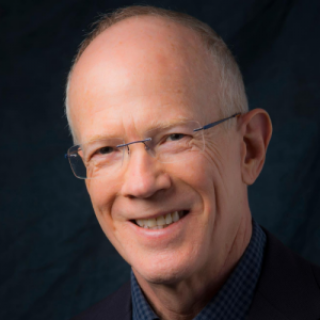Avoiding the “Poverty Trap”
November 9, 2009
Poverty is a problem in America, and it is a more serious problem here than in many other nations including some with average incomes considerably below ours. However, it is not the only problem in America, nor is it the sole cause or even most important cause of our student achievement problem. Nevertheless, our debates about education policy and education reform typically focus on reducing the “achievement gap” between rich and poor. While this is an admirable goal, focusing on the achievement gap as the primary problem is a mistake—conceptually, practically, and politically.
The conceptual mistake is to confuse the federal poverty line with a real and meaningful distinction that defines two clearly different populations. The federal poverty line is an artificial cutoff that many experts find unsatisfactory. Relatively few children and families stay below this line for long periods of time and many move back and forth across the poverty line. In reality, there is no sharp differentiation in school readiness or later educational success between those above and below the poverty line, instead there is a strong linear gradient along which school readiness, achievement, and high school graduation rates increase with income. There is no clear point at which risk for failure sharply changes. Canadian cardiologist, children’s advocate, and founding president of the Canadian Institute for Advanced Research Dr. Fraser Mustard has shown that gradients linking income to development extend to other domains including health and are not limited to the United States.
The practical mistake is to design education reforms to focus on poverty and the achievement gap by providing additional resources and programs only to children in poverty. This is how most government programs for young children are designed including child care assistance, Head Start, Early Head Start, and many state pre-K programs. Because children move in and out of poverty these programs end up either providing little continuity of service (child care) or arbitrarily serving children who happened to be poor at time of enrollment but often are not poor later on and failing to serve children who become poor later.
Moving the cut-off up to 130 or 185 percent of the poverty line doesn’t really solve the problem, it just pushes it up the income gradient. As a result we fail to treat most of the problem. Don Yarosz and I have shown that in sheer numbers most school failures and high school dropouts are accounted for by families in middle-income families. Similarly, most children who are poorly prepared for school, whether we look at cognitive or social development, are from middle-income families. Indeed, most children who have abilities below those of the average child in poverty at kindergarten entry are from middle-income families.
The political mistake is to create government programs that serve only poor (or low-income) families and then tax the rest of the population to pay for them. It seems to me that this is just the tack taken by the Obama administration and, to an even greater extent, Congress. It is a sharp departure from the rhetoric of a political campaign that captured the center by consistently talking about government serving all Americans, including quality preschool education for all. Yet, the legislative agenda has been quite different. For young children, large increases in funding were passed for means-tested programs—Head Start, Early Head Start, and child care assistance, but nothing for children in middle income families. The Early Learning Challenge Fund legislation making its way through Congress is similarly limited to improving services only on low-income children—the House version effectively discourages states from serving children from middle-income families.
While some have suggested that one lesson from the 2009 elections is that voters, particularly suburban independents, are allergic to higher taxes, I would suggest that the lesson is slightly different. Voters are particularly opposed to higher taxes when they view those taxes as paying for programs that benefit only other people—especially when they believe government is not trying to help them with their problems.
So what I am suggesting is that publicly supported preschool for all children is a better policy than targeted preschool education—conceptually, practically, and politically. The political party that figures this out and acts on it—not just with preschool education, but with policy more generally—can capture the center in the next election. Of course, that may be neither of the major political parties.
Steve Barnett
Co-Director, NIEER
UPDATE 12/3/09:
In response to requests for a reference.
| Income | Retention | Dropout | |||
| 1995 | 2004 | 1995 | 2005 | ||
| Lowest 20% | 17% | 12% | 23% | 18% | |
| 20-80% | 12% | 8% | 11% | 9% | |
| Highest 20% | 8% | 4% | 3% | 2% | |
Source: US Department of Education, NCES (1997). Dropout rates in the United States: 1995 (multi-year averages), and analyses from the U.S. Department of Education using data from the Current Population Survey, October Supplements, 2004 and 2005.
Although there is some question about whether these rates are exactly right, I don’t think there is any reason for error to vary by income level so the relative sizes ought to be right. Simply multiplying the percentages retained and dropping out by 60% for the middle group shows that they account for more of the problem than the lowest 20% by income (which is pretty close to the same as poverty).
The Authors
W. Steven (Steve) Barnett is a Board of Governors Professor and the founder and Senior Co-Director of the National Institute for Early Education Research (NIEER) at Rutgers University. Dr. Barnett’s work primarily focuses on public policies regarding early childhood education, child care, and child development.
About NIEER
The National Institute for Early Education Research (NIEER) at the Graduate School of Education, Rutgers University, New Brunswick, NJ, conducts and disseminates independent research and analysis to inform early childhood education policy.

